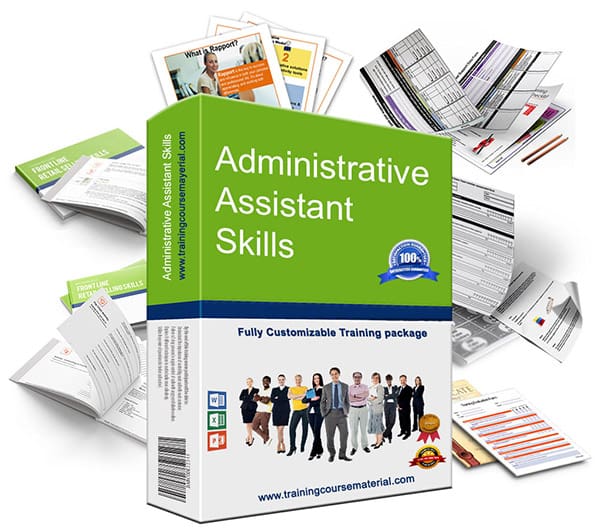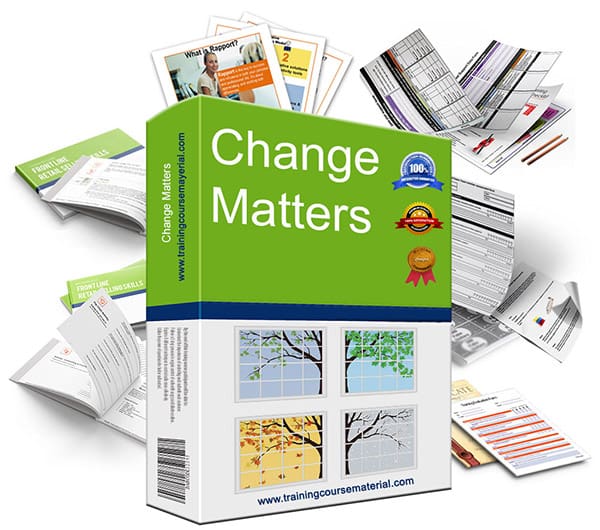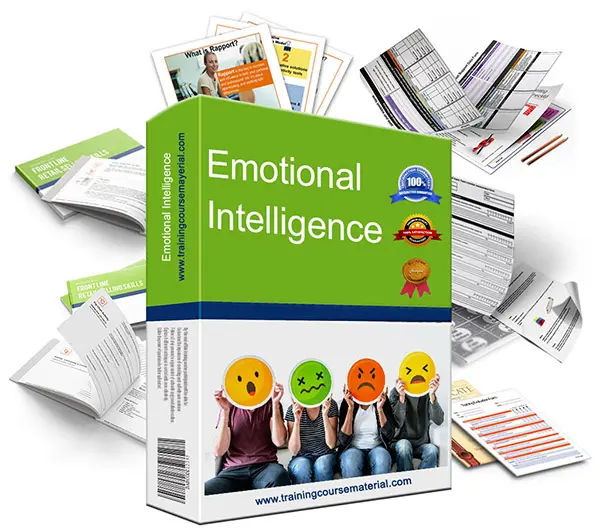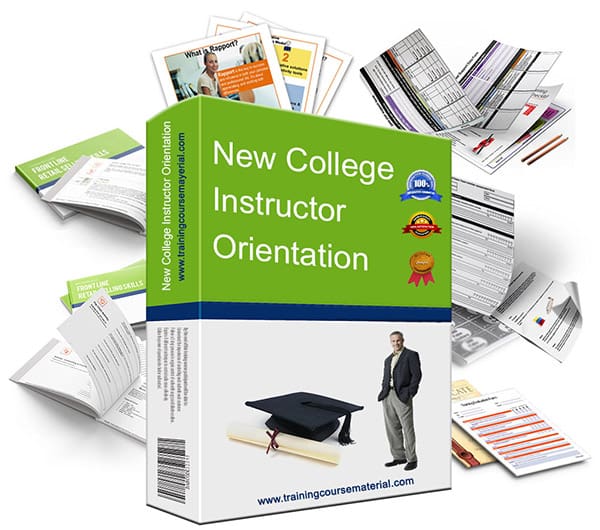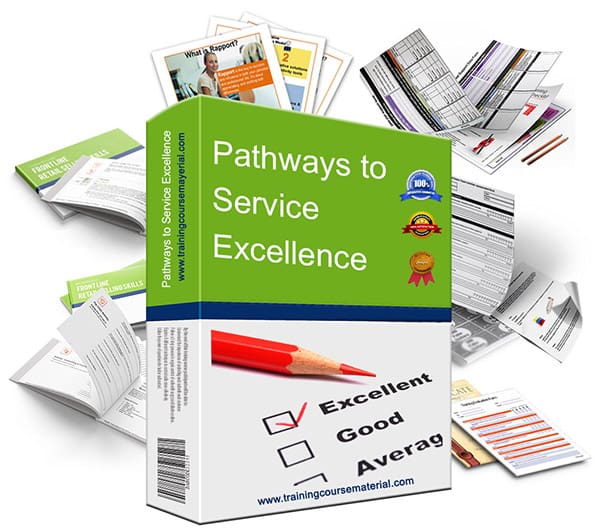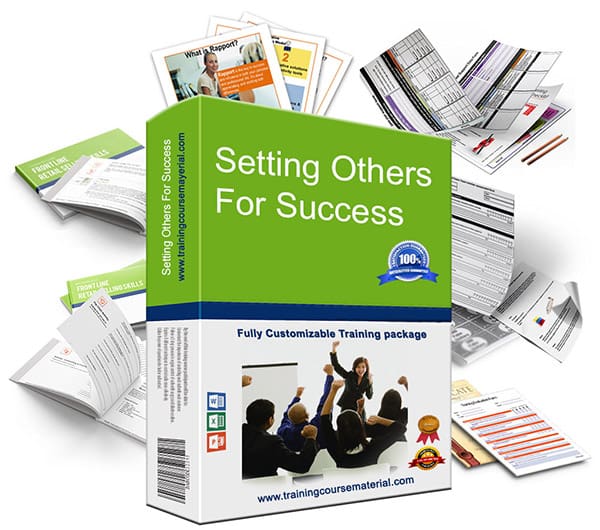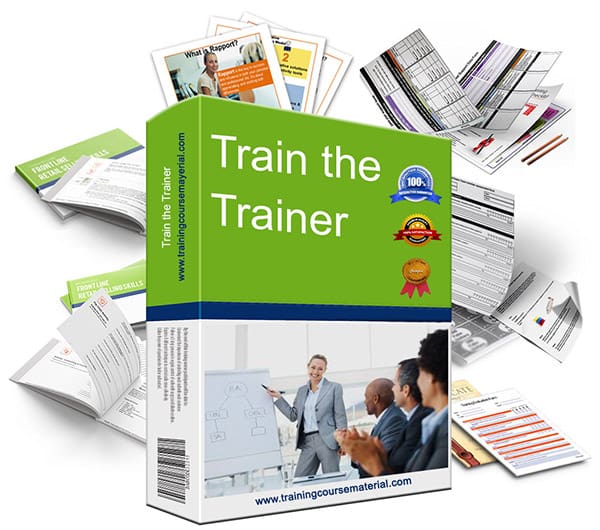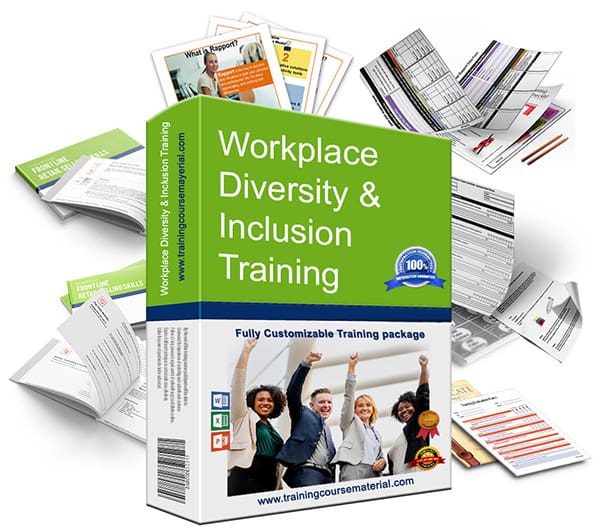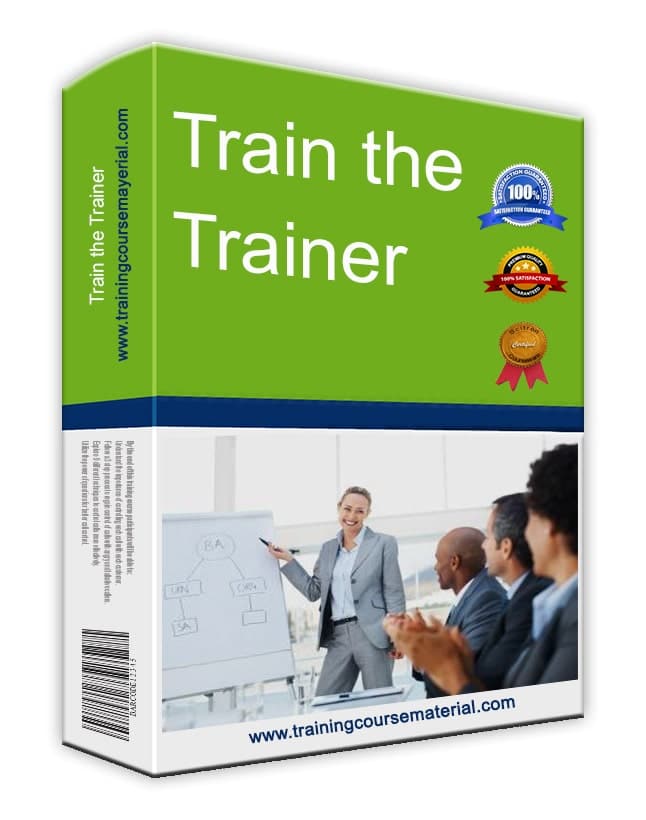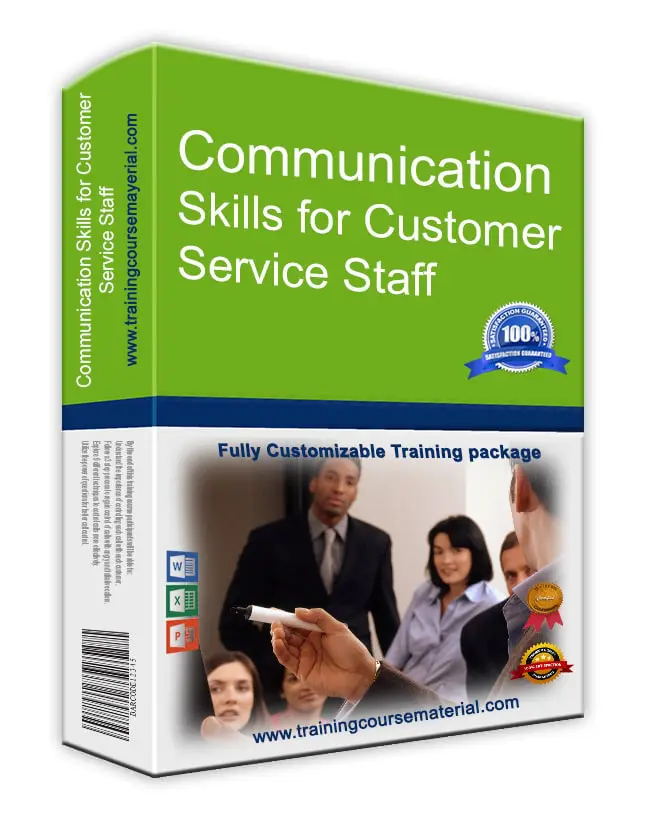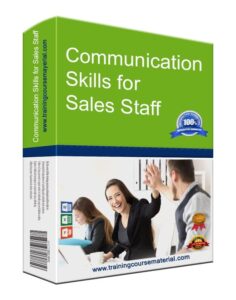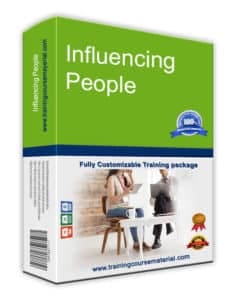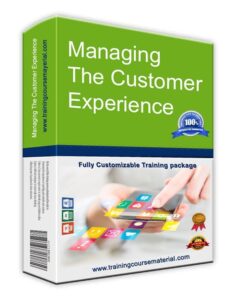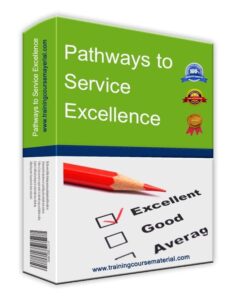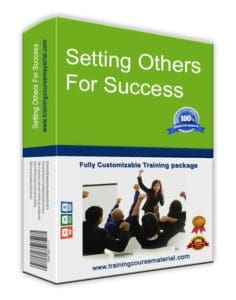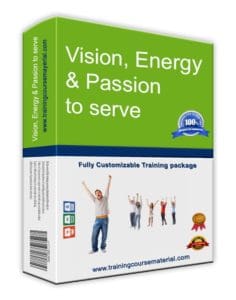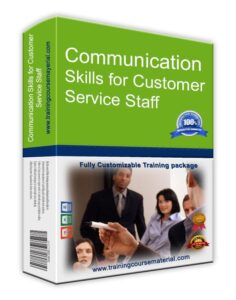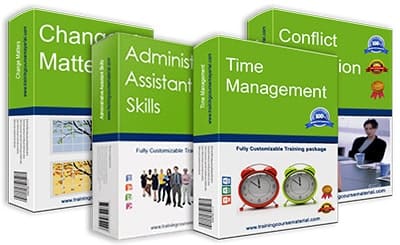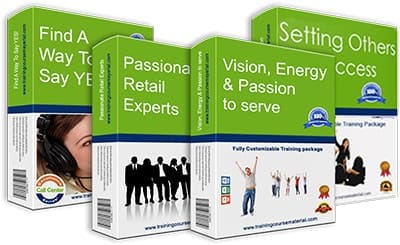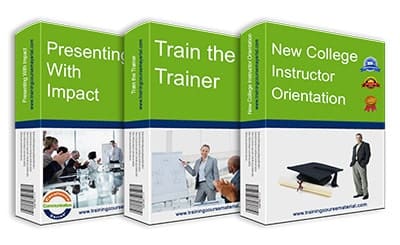As trainers, we can often get caught up in the hustle and bustle of making sure outcomes are being met and timelines are being followed. When training is often squeezed into an already busy day, it can be difficult to imagine taking the time to consider the different learning styles of everyone in the training session — but it is important to the success of your training. Most trainers are familiar with the top three learning styles: visual, auditory, and kinesthetic; however, there are actually seven recognized learning styles that can help you make the most of your next training session.
Visual
Visual learners like to be able to see what they are about to learn; they like to see information on a slide deck or in a book, and they like to watch videos or demonstrations. Exercises that would help visual learners are reading activities, watching live demonstrations and short video clips. Pictures are also very helpful in ensuring visual learners are getting what they need from a training session.
Auditory
These types of learners like to listen to what is going on around them. Auditory learners are typically fond of listening to audiobooks instead of reading books, listening to podcasts instead of watching Youtube videos, and pay attention to tone of voice to gather information for learning purposes. Exercises that would help auditory learners are reading aloud to them, explaining concepts that are on a slide deck, and listening to audio case studies.
Kinesthetic
This is your “hands on” group of learners. They would rather tinker with objects to figure out how they work instead of reading about how they work. As training moves toward “doing” as a way of learning over traditional reading approaches, more and more people are finding success in their learning efforts.
Verbal
Verbal learners get the most out of learning experiences that involve conversation, discussion, written and spoken words. They are able to gain a lot of insight into a topic when they can ask questions and receive valuable information back that they can then write about or make notes to help them understand concepts. Exercises that are helpful for verbal learners are peer group discussions, presentations to show learning has taken place, and debates.
Logical
Logical learners are typically into solving problems and learning about systems that can help solve those problems. Math, science, research: these are all industries where logical learners stand out. Exercises that are helpful in reaching logical learners are case studies where a solution needs to be determined, multiple choice questions where reasoning is required to justify answers, and peer discussions.
Social
Learning tends to be a very personal activity, where people are responsible for their own learning efforts; however, when you put a group of people together and ask them to work toward a learning goal as a group, the success of the learning increases dramatically. It’s one of the reasons people continue to struggle with online learning, but thrive when they are in a classroom with other people. The opportunities to hit all seven learning styles in a group or social setting is amazing and more people find success in groups than alone.
Independent
In stark contrast to social learning, independent learning is often undertaken as a continuation of a training session or personal interest in a topic. When delivering training sessions, it is always a good idea to have a “take away” for participants to ponder or work on. This is essentially homework, in the traditional sense, but as trainers we know that continuing the learning after the session has ended helps to solidify what has been learned.
Try incorporating some of these suggestions into your next training session. Your participants might not realize their own learning style, but they will recognize when a particular activity or exercise resonates with them to help them learn. This will make their learning experience much more enjoyable and memorable.

